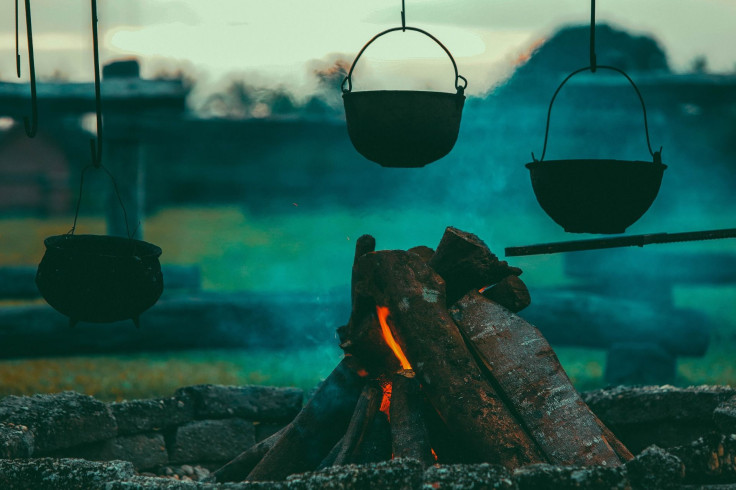What Cannibalism Does To Your Body

Cannibalism involves eating other humans, which is not nice, but even worse, it can kill you, too.
Human beings have been eating each other for a long time, with mixed consequences. The first known case dates back 100,000 years, when Neanderthals in France ate their kind, according to the BBC. There were 15,000-year-old remains, both adult and child, found in a cave near Bristol in England that show signs of cannibalism: “They de-fleshed and disarticulated the bones, then chewed and crushed them. They may also have cracked the bones to extract the marrow inside.” Some skulls were turned into cups.
People who eat people with a type of prion disease, a category of illness that also includes Creutzfeldt-Jakob disease in humans and Mad Cow Disease in animals, tend to have brains that look like sponges and neurological damage that takes away control over the body. In describing the most famous case of the cannibal’s disease, the Fore tribe in Papua New Guinea where women and children were dying off in the 1950s and 1960s, NPR says the flesh-eaters would start having trouble walking, and from there it was a rapid descent into losing control over their limbs and emotions — “which is why people called it the ‘laughing death.’” By a year later, the afflicted “couldn’t get up off the floor, feed themselves or control their bodily functions.”
In these rare neurodegenerative diseases, according to the Centers for Disease Control and Prevention, pathogens called prions affect proteins in the brain, causing brain damage. “Prion diseases are usually rapidly progressive and always fatal.”
In the case of the cannibal’s disease, those pathogens enter a healthy victim when that person consumes another person’s infected flesh. The Fore tribe members had cooked and consumed dead relatives as a way of honoring them. The survivors called the resulting illness “kuru,” NPR says, which translates to “shivering” or “trembling,” and it could have started when someone in the village developed Creutzfeldt-Jakob and was eaten. That disease affects about one in 1 million Americans, but it doesn’t spread in the same way because no one is eating them.
Smithsonian.com reports another chilling tale: During the Crusades, Christian soldiers who captured Ma’arra, a Syrian city, ate local Muslims. The first-hand accounts of the 1098 cannibalism differ on whether it was a fear tactic or an act of hunger. Starvation is a strong motivator — in the early 1600s, the first settlers at Jamestown, Va., England’s first permanent settlement in America, ate human flesh to survive a period called the “Starving Time,” according to National Geographic.
Another case, known as "The Donner Party," involved American pioneers traveling west who got lost and stuck in the Sierra Nevada mountains during a brutal winter, history.com reported. By the time help came, many of the surviving members had been forced to eat the dead in order to survive.
Civilization tends to frown upon cannibalism now, even though desperate times sometimes call for desperate measures. When a plane carrying a Uruguayan rugby team and their friends and family went down in the Andes Mountains in Argentina in 1972, the few survivors resorted to eating their dead comrades’ flesh to survive until their rescue 72 days later.
In the case of those rugby players and others who may have more secretively consumed human meat in recent decades, it can’t be known definitively whether they will be safe from the same kuru disease the Fore tribe experienced, as prion diseases have long incubation periods, sometimes even decades long.
Copyright Medical Daily News Service. All rights reserved.



















